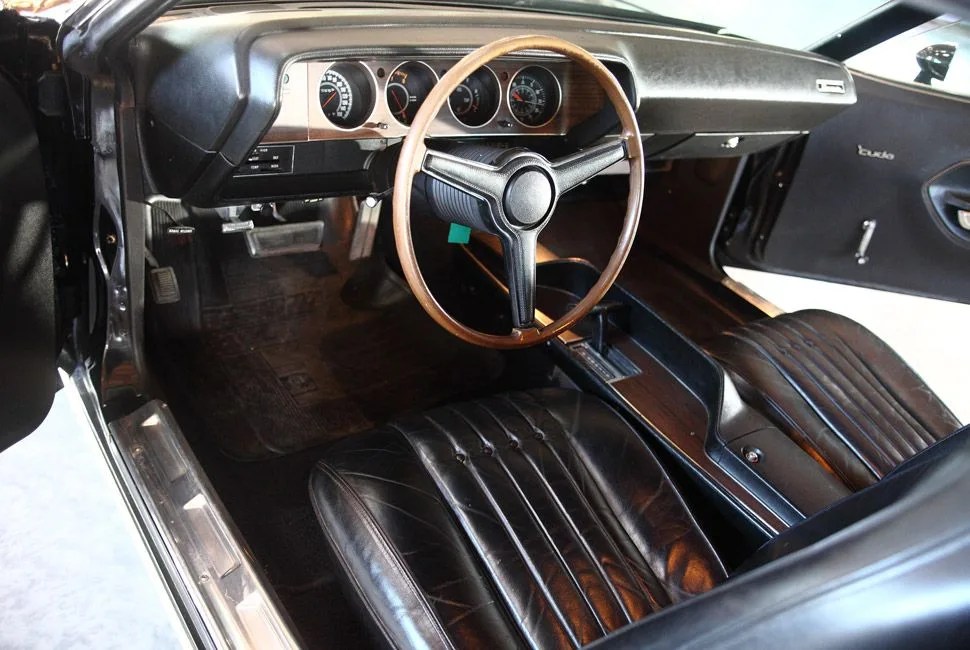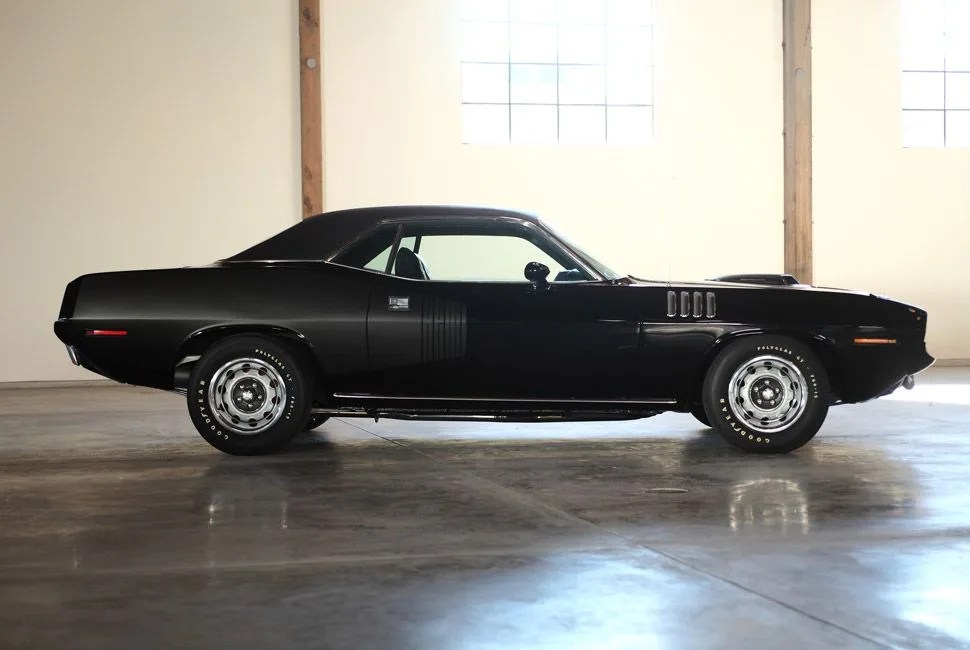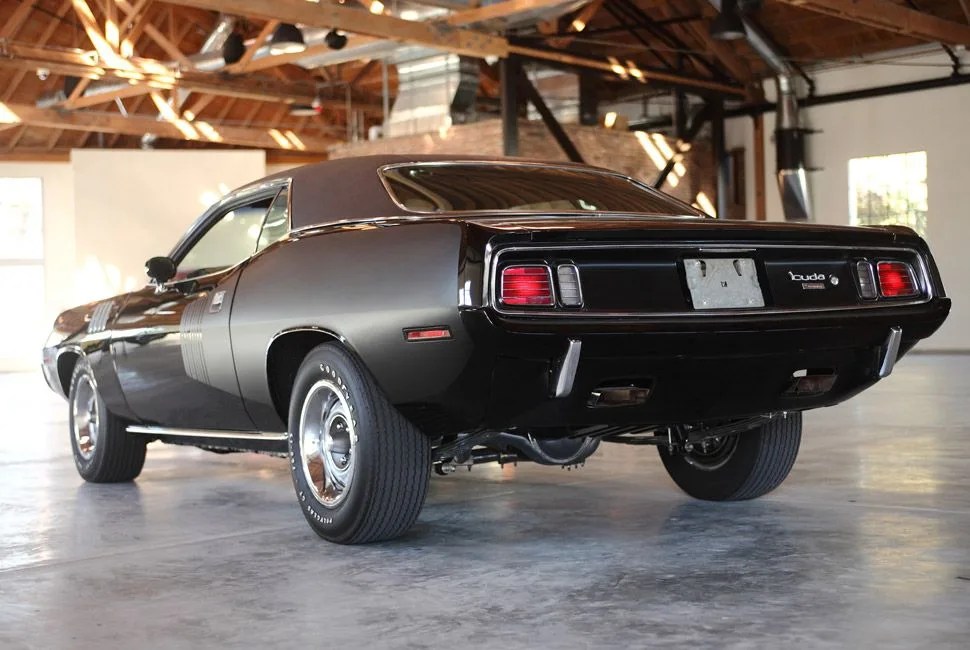It was about as subtle as a punch in the face. It boasted a hood as big as an aircraft carrier’s deck, six gaping grille nostrils, angled shark gills on both of the front fenders, and enough attitude to intimidate any modern American heavy-hitter. It was simply known as the Cuda. It was the last of the true muscle cars, which began to wane in the early 1970s.
In the muscle car world, there are a but a handful of icons: the 1964 Pontiac GTO, the 1968 Plymouth Road Runner Hemi, the 1970 Chevy Chevelle SS, the 1968 Dodge Charger R/T and the 1971 Cuda. It’s the one Cuda that stands out for being the first American muscle car to demand north of the million mark at auction (in 2014). But the status of the Hemi Cuda is not new; it has long been lusted for as a legendary muscle car with sinister looks and the power to back ’em up.

What It’s All About
It’s the third-generation Plymouth Barracuda that lives in the muscle car pantheon. Though it didn’t get bigger, it certainly became meaner and faster. The total redesign for the 1970 Barracuda appropriately separated it from its vanilla brother, the Valiant. The Barracuda was based on the E-Body — essentially a wider, shorter version of Chrysler’s B platform that was used for rear-wheel-drive passenger cars. Plymouth ditched the Barracuda’s original fastback roots, limiting it to two-door coupe and ragtop convertible versions for the third generation. Chrysler also made the brilliant decision to bring the more specialized Hemi Cuda within its own walls for design and production.
The new Barracuda was designed by a young designer named John Herlitz, who was only 27 years old at the time. The revamped but still large Barracuda was slightly downsized but kept true to the muscle car proportions with a long hood/engine compartment (necessary to accommodate the big-block V8 Hemi engine) and a short trunk/rear deck. The more distinct redesign of the Barracuda and its brother Hemi Cuda became huge successes for Chrysler. Sales went through the roof, doubling that of the last-generation car’s final year: the total number jumped from just under 28,000 per year to a whopping 50,617 cars, 652 of which were Hemi Cuda coupes along with 14 rare Hemi Cuda soft-tops. The Cuda created hunger with its limited production number, then coupled that with a sparse outfitting — like the absence of air conditioning and power steering — to strongly communicate its performance intentions.


